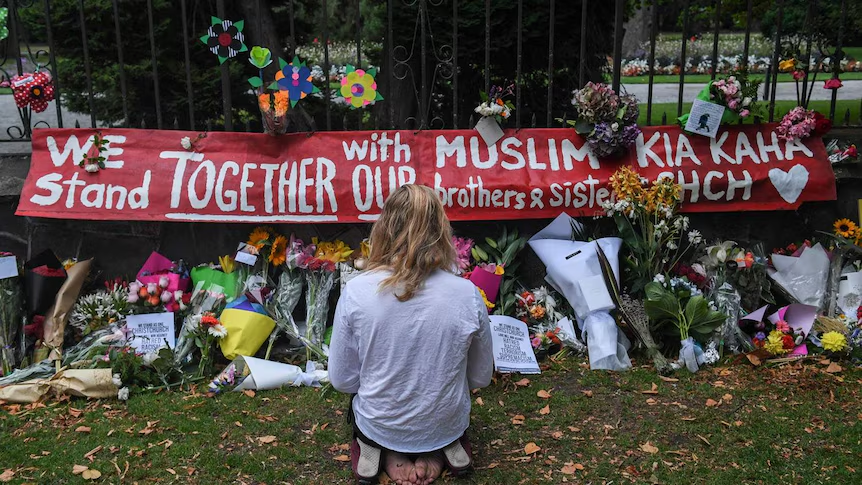Europe once believed the worst of its energy troubles had passed after the 2022–2023 gas shortages. Yet in 2025, the continent faces what experts are calling Europe’s Energy Crisis 2.0 a new wave of challenges driven by volatile electricity prices, geopolitical uncertainty, and the slow global transition away from fossil fuels.
This second energy shock is testing the limits of resilience across industries, households, and governments. As Europe struggles to stabilize its markets and pursue sustainability, the question remains: can the world truly move beyond fossil fuels, or are we still too dependent to make real progress on climate change?
The Return of Energy Turbulence
Europe’s heavy reliance on imported natural gas and oil has long been a vulnerability. Despite major efforts to diversify sources, ongoing conflicts, supply disruptions, and record heatwaves have again exposed the fragility of the continent’s energy infrastructure.
Electricity prices across Europe have surged not just because of fuel costs, but also due to limited renewable output and the high expense of modernizing grids. Countries like Germany and Italy, once champions of clean energy, are now struggling to maintain stability without reverting to coal or nuclear energy.
This energy imbalance is reshaping Europe’s industrial competitiveness and forcing leaders to reconsider what “green transition” really means in practice.
Economic Fallout and Social Pressure
For ordinary Europeans, rising electricity prices translate into real hardship. Households are paying more for heating, transportation, and everyday goods. Small businesses particularly in energy-intensive sectors like manufacturing and food production are being squeezed by unsustainable costs.
Governments have responded with subsidies and temporary relief programs, but these measures often deepen fiscal deficits and delay long-term solutions. Protests over affordability and access to energy have reignited across France, Spain, and Eastern Europe, underscoring how deeply energy insecurity affects social stability.
Lessons from Fossil Fuel Dependence
Despite decades of climate pledges, Europe remains heavily tied to fossil fuels. The lesson is clear: transitioning to clean energy is not just about investing in renewables it requires storage solutions, smarter grids, and diversified trade strategies.
Without a solid infrastructure base, countries fall back on oil and gas whenever renewables underperform, undermining progress against climate change. This cycle of dependency highlights why the world’s net-zero goals remain at risk, even with technological advancements.
Global Implications: A Wake-Up Call
Europe’s struggle serves as a warning for other regions. The U.S. and Asia are watching closely, aware that their own electricity prices and energy security could face similar shocks.
Experts argue that true resilience requires global coordination not just national self-reliance. As long as major economies continue to rely on fossil fuels for stability, the world will remain trapped between economic necessity and environmental responsibility.
The Path Forward
The 2025 crisis is a chance for Europe and the world to reset priorities. Expanding renewable energy storage, accelerating hydrogen innovation, and investing in cross-border energy networks could prevent future disruptions.
At the same time, policies addressing electricity prices must balance sustainability with fairness, ensuring that climate goals don’t leave working-class citizens behind.
Conclusion
Europe’s Energy Crisis 2.0 is more than a regional problem it’s a global reflection of our unfinished transition. As electricity prices soar and progress on climate change stalls, the world faces a defining test: will nations choose short-term comfort or long-term sustainability?
The answers forged in Europe today could shape the energy future for generations to come.











